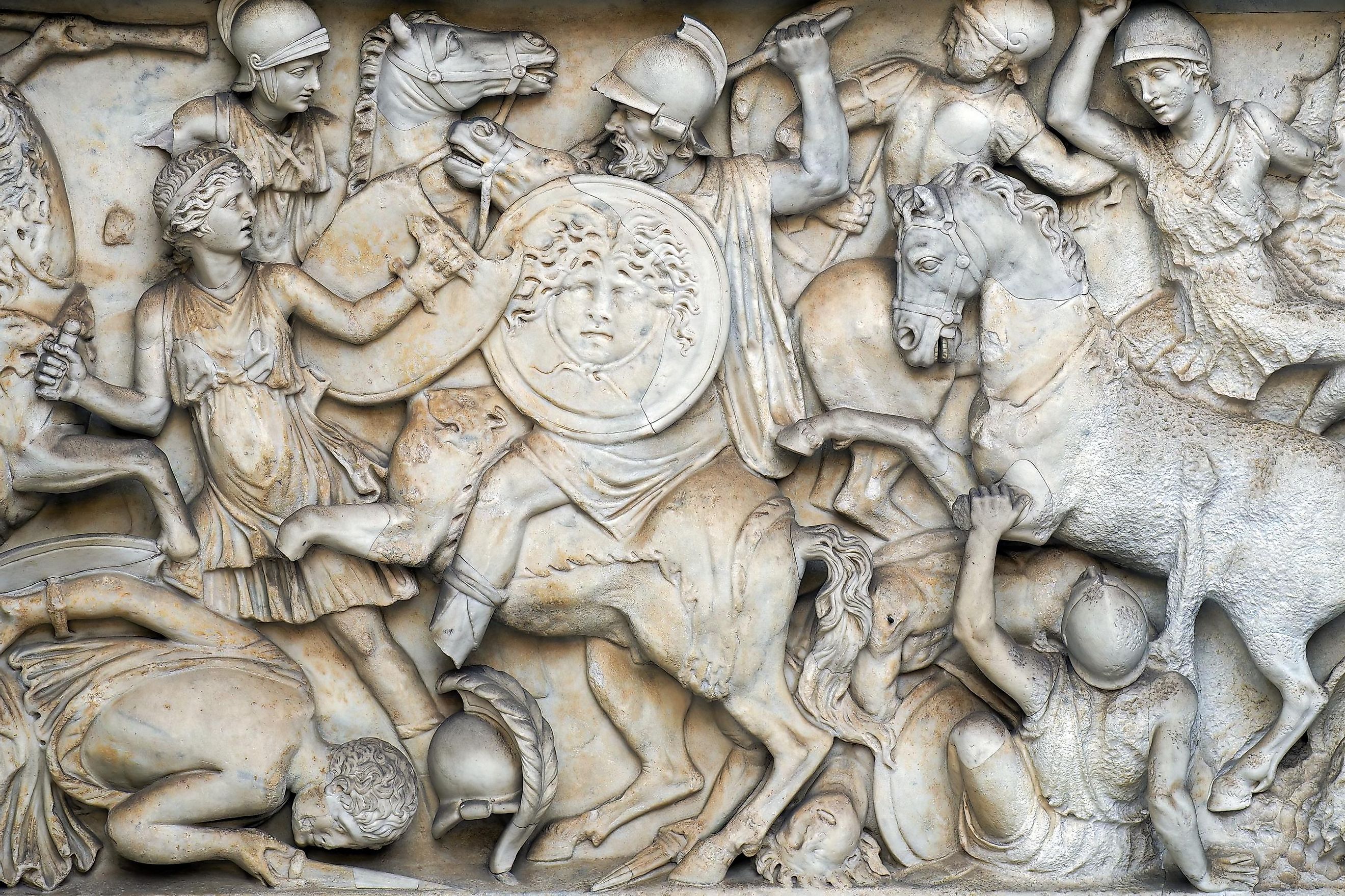
Major Battles Of The Ancient World
The Ancient World was defined by its many wars and battles. This period would witness history's first great armies and masterful generals and tacticians. Wars fought in Antiquity were usually short and brutal, where one battle often decided the fate of entire kingdoms and empires. Just as the Ancient World fostered the cultural, scientific, and economic breakthroughs that would sow the seeds for the Modern Age, it would also birth new military technology and organization. The conflicts of the Ancient World would not only shape the borders and territories of the nations of a bygone era but have implications that still affect us thousands of years later.
Battle Of Gaugamela (331 BC)
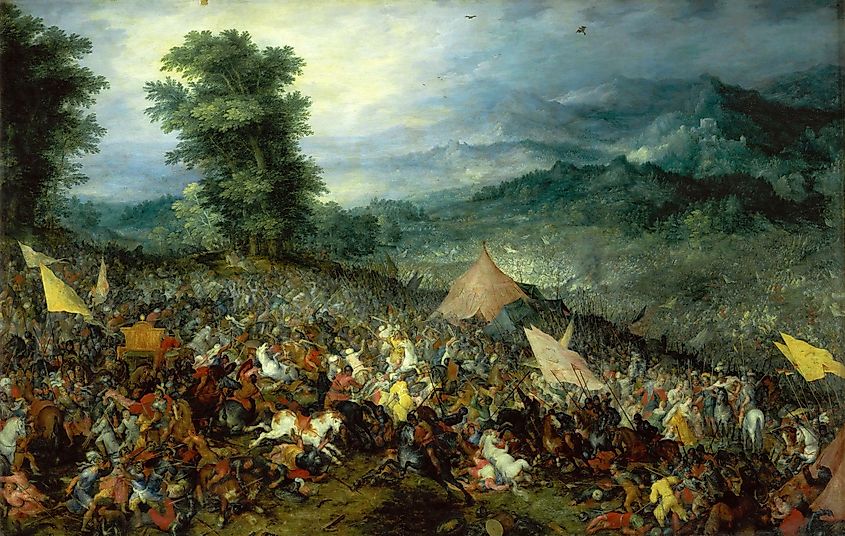
Perhaps the most well-known and impressive battle ever fought by the legendary Alexander the Great, the Battle of Gaugamela would essentially mark the end of the Persian Empire and usher in a brief yet impactful Greek rule over the Middle East and Anatolia. The battle was fought near Mosul in modern-day Iraq. Despite being severely outnumbered, Alexander the Great was able to claim a decisive victory thanks to his ingenious tactics and well-disciplined and well-equipped army.
Much of Alexander's army was made up of pike phalanxes. These phalanxes were tightly packed blocks of heavily armored infantry that were given 8-meter-long pikes. When each man lowered his weapon, it created a nearly impenetrable wall of spears that chewed up and decimated the enemy. Alexander capitalized on a crucial mistake made by the Persian King Darius after he committed too much of his cavalry to the fight. Leaving his infantry open, Alexander personally charged his own cavalry into the bulk of Darius's forces and caused a mass route. Darius fled the battle and was soon killed by one of his own satraps. Alexander captured the capital of Babylon only a few weeks later.
Battle Of Gaixia (202 BC)
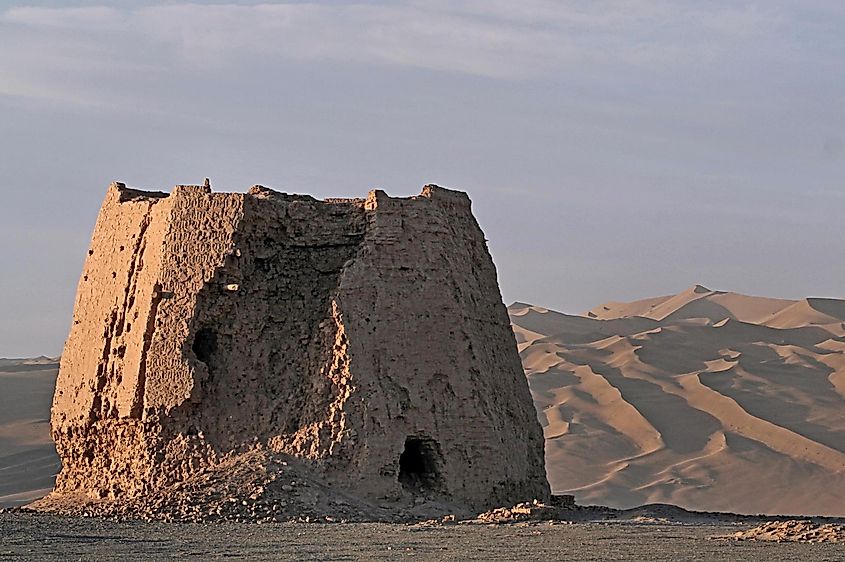
Fought between the Han and the Shu, the Battle of Gaixia would cement Han rule over China for the next few centuries and would usher in arguably one of the greatest golden ages ever witnessed in human history. Not only would Han China be the birthplace of countless everyday inventions, but it would establish the basis of large aspects of Chinese culture and identity.
The Han army, numbering around 650,000 men, faced off against a much smaller Shu force of just 100,000. The battle was anything but close and resulted in nothing short of a massacre of the Shu. Xiang Yu, the leader of the Shu army, was so distraught and ashamed of his defeat that he committed suicide when he saw his army crushed at the hands of the Han general Liu Bang. Lui Bang would go on to proclaim himself the Emperor of China and founded the Han Dynasty shortly after this great victory. China would then undergo an unprecedented age of scientific and cultural breakthroughs that would lead the world for centuries to come.
Battle Of Cannae (216 BC)
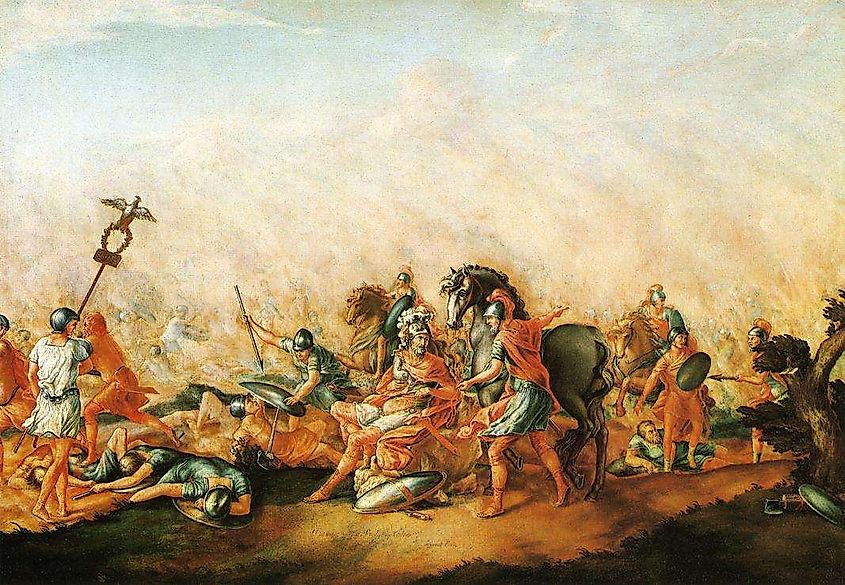
Taking place during the Second Punic War, the Carthaginian general Hannibal Barca masterminded the worst defeat ever suffered by a Roman army. After spending years marauding around the Roman countryside, the Romans dispatched a numerically superior force to finally end the threat once and for all. The Roman force numbered around 80,000 men, many of whom were fresh recruits who lacked experience in battle. Hannibal was able to field around 50,000 men, all of whom had seen plenty of action since the campaign first began nearly 2 years prior.
Hannibal knew the Roman tactics well, and when the two forces engaged, he allowed the center of his line to slowly bend inwards, giving the Romans false hope. As the Roman center pushed deeper, the flanks of the Carthaginian army slowly began to envelope the Romans from both sides. As panic started to set in, thousands of Romans began to try and flee but were cut down as they turned to run.
Matters were only made worse when Hannibal's cavalry circled around the Roman rear to cut off any other avenue of escape. Roman historian Livy claimed that the slaughter was so great that the Carthaginians only started to take prisoners when their troops started to face exhaustion from all of the killings. Hannibal would not end the Roman Republic, but he would bring it to its knees. If he somehow could capitalize on his victory and deliver a killing blow to Rome, there is no telling how the Modern World would look today.
Battle Of Zama (202 BC)
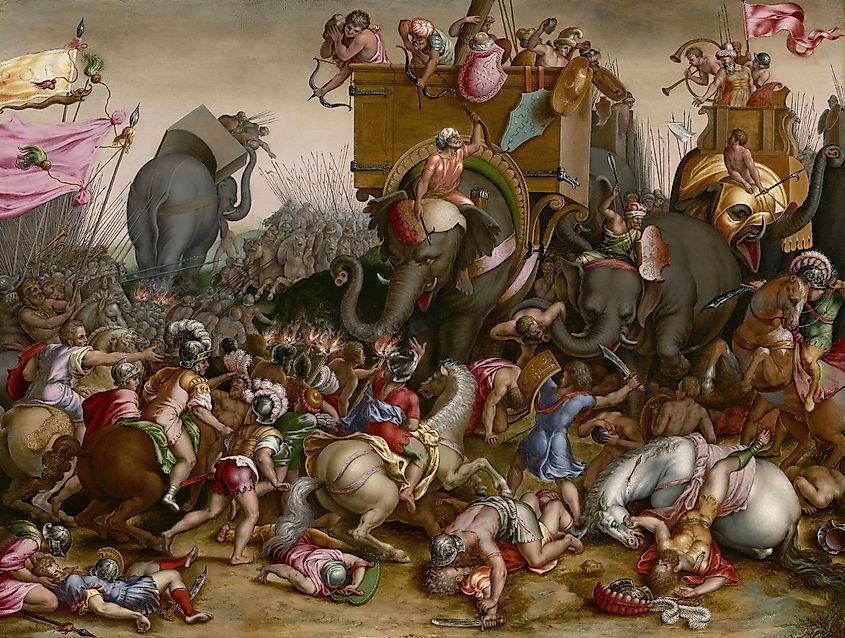
Even though Hannibal Barcca would decimate Roman forces in Italy, the tenacity and fighting spirit of the Romans would keep them afloat long enough to muster yet another army. After more than ten years of endless defeats in Italy, the Romans knew they could not fight Hannibal in their own land and would have to draw him out. The Romans started to attack Carthaginian holdings in Spain and North Africa, devastating Cathage's trade infrastructure and the previous flow of valuable minerals and other goods. Publius Cornelius Scipio even landed an army just a few miles away from Carthage and threatened to take the city.
Upon hearing this news, Hannibal and his veteran army quickly exited the Italian Peninsula and faced the Roman force at Zama in North Africa. Even though a sizable segment of Hannibal's army consisted of soldiers with plenty of battle experience, almost half of his 33,000-strong force consisted of freshly recruited and poorly equipped soldiers from the surrounding area. Scipio, the Roman general, was nothing short of a military genius and perhaps the greatest commander that Rome ever produced. He had meticulously studied Hannibal and his tactics, particularly at the humiliating defeat at Cannae.
The battle began with an all-out charge from the Roman cavalry against the Carthaginian cavalry and elephantry. The Carthaginian cavalry were quick to run and pursued by the Romans. With both sides lacking any mounted support, the infantry clashed. The Romans did well but were slowly being beaten back by the veteran forces of Hannibal. Just as the Roman infantry was beginning to tire, the Roman cavalry returned to the battlefield and charged directly into the rear of the Carthaginians.
This caused a mass panic and route. Tens of thousands of the Carthaginians were killed in the fighting. Hannibal was defeated and unable to raise another army. A peace treaty was eventually signed, but it would reduce Carthage to nothing more than a rump state. Carthage would never again threaten Rome and would eventually be conquered once and for all only a few decades later. This battle not only won Rome the war but would set their path to rule the Mediterranean Sea and most of Europe, North Africa, and the Middle East as well.
Battle Of Kadesh (1274 BC)
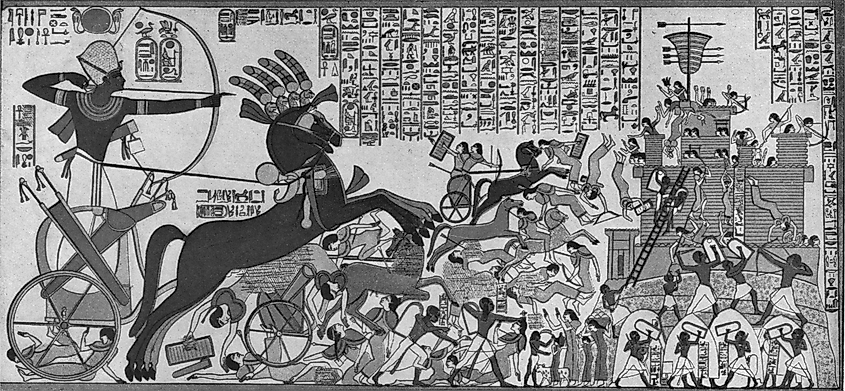
The largest battle of the Bronze Age, the Battle of Kadesh, was fought between the Ancient Egyptians and the Hittites for control of modern-day Palestine and Israel as well as parts of Syria. The Egyptians had been on a path of expansion for the previous few decades and threatened to break the balance of power in the region. With the Hittite lands in their control, it would have made them the unquestioned rulers of the region. The size of the battle is hard to know for sure, but it would have been inconceivably large for the period. Rough estimates place the Egyptian force at around 50,000 and the Hittite force at about 40,000.
Kadesh would be best known for being the largest chariot battle ever recorded. Chariots were cutting-edge weapons of war at the time, and more than 5,000 went head to head at the battle. The fighting first started almost by accident as 20,000 soldiers of the Egyptian army pushed ahead of the main force and unknowingly ran into the Hittites.
The heavy Hittite chariots crushed this initial Egyptian force, but once the smaller Egyptian force was defeated, the Hittites were either unconcerned or unaware of the other 30,000 men that approached. Busy looting the dead, the Hittites were now caught off guard, and large segments of their army were destroyed in turn.
Both sides suffered huge amounts of casualties. The Egyptians and Hittites both claimed to be the victors, but in reality, the battle was a draw. The Battle of Kadesh would uphold the status quo in the region and even lead to the first-ever peace treaty in human history. Not only did this battle serve as a display of advanced military tactics and technology, but it also pushed forward humans' ability to resolve other conflicts through diplomacy.
Battle Of Carrhae (53 BC)
In the twilight years of the Roman Republic, one of the richest and most influential men in Rome, Crassus, was looking to expand Rome's borders deeper into the Middle East. Conquering much of Anatolia and the Levant only a few years prior, Crassus was confident about coming to blows with the Parthians.
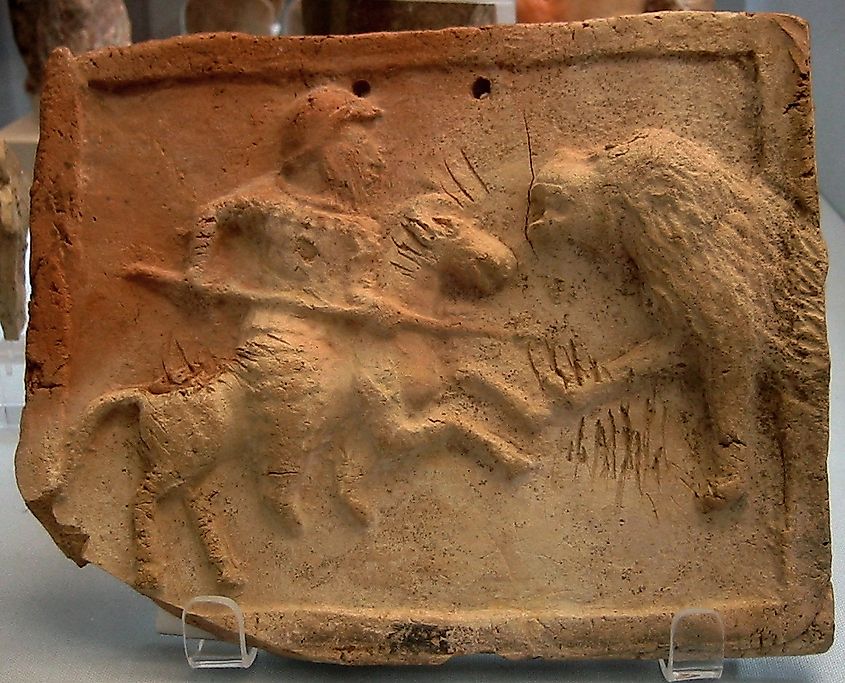
The Parthians were originally nomadic horse people who lived in Northern Persia during the time of Alexander the Great. Little is known about them before this time period, but they played a significant role in the Hellenic Middle East after the death of Alexander. As the Seleucid Empire began to weaken in 264 BC, the Parthians capitalized and seized much of Iran in the process. It was the land that was the bedrock of the old Persian Empire.
The Parthians had previously made a non-aggression pact with the Romans, but this did not stop Crassus. He viewed the newly captured territory of Syria simply as a gateway to the wealth and riches present in the East. Crassus's invasion caught the Parthians off guard, and he captured some towns and cities on the way to the Parthian capital.
The king of Armenia almost begged Crassus not to invade Parthia through Mesopotamia so that the Parthians could not utilize their superior cavalry, but he refused to listen. The Roman army marched right across a dry open plain and was intercepted by a much smaller cavalry force that consisted of fast, lightly armored, and mobile horse archers.
The Parthian horse archers would ride close enough to the Romans to shoot their arrows at them but far enough to stay out of range of returning javelins or slings. Each time the Romans would charge the horsemen, they would simply run away and shoot the Legionaries as they pursued them. This tiresome and frustrating fighting lasted for days before the Roman army was forced to retreat.
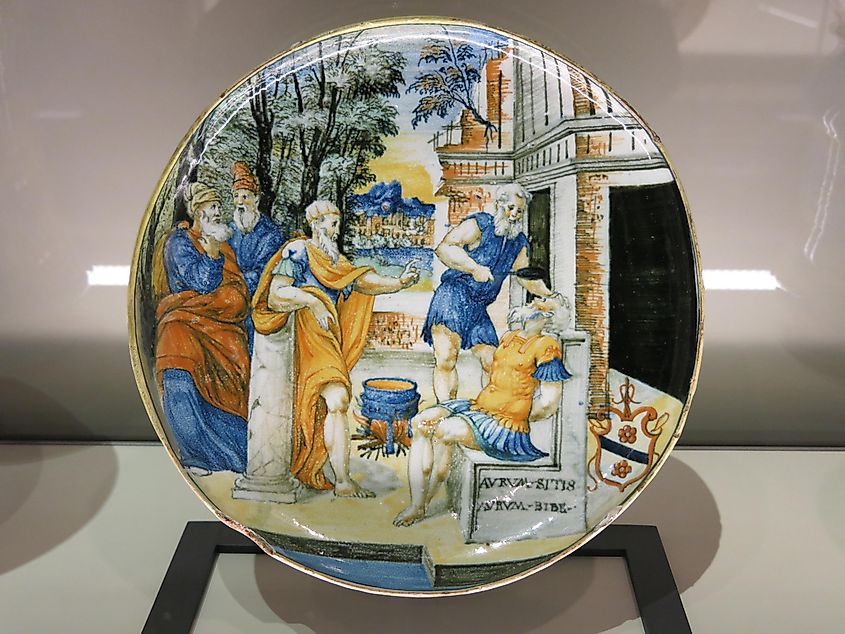
The fighting did not stop there. As the Romans fled, they were chased and harassed as they left for friendly territory. In his journey out of Parthia, Crassus was killed. It is not clear exactly how he was killed, but legend says he was taken back to the Parthian king and was executed by having molten gold poured down his throat.
The Battle of Carrhae would solidify the borders of the Roman Empire and the Persians for the next six centuries. The death of Crassus would help spark the civil war between Caesar and Pompey and lead to the end of the Roman Republic once and for all.
Summary
The Ancient World was a place of great innovation. Not only were there breakthroughs in economics, agriculture, city planning, and science, but there were also considerable strides made in military technology and tactics. 'For the first time in human history, large armies numbering in the tens of thousands would clash and decide the fate of entire nations, kingdoms, and empires. The military leaders and generals from this time period would go on to inspire countless others. To this day, the names and deeds of Julius Caesar, Alexander the Great, and Hannibal Barca are the stuff of legends and are likely going to remain so for the rest of time.











